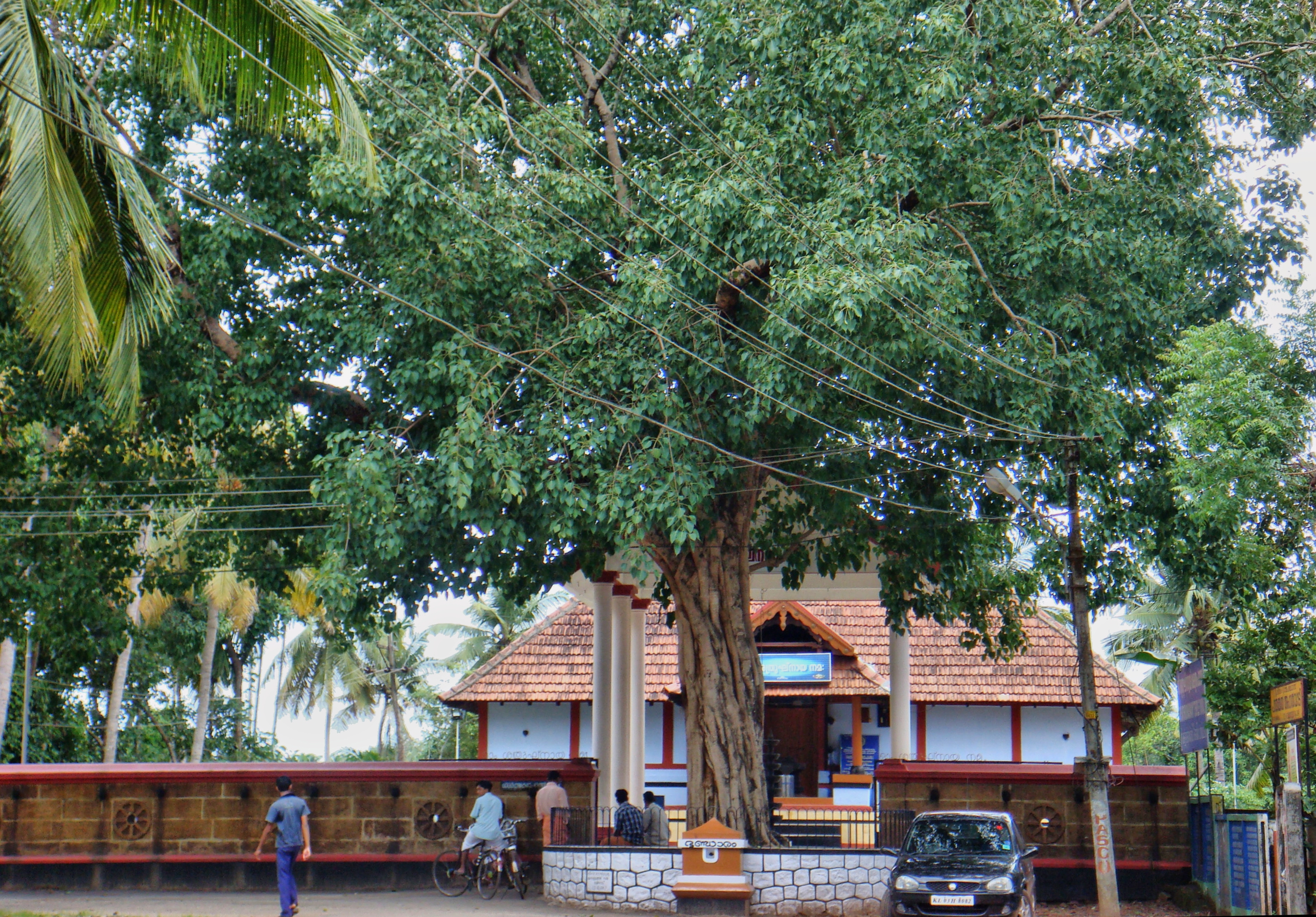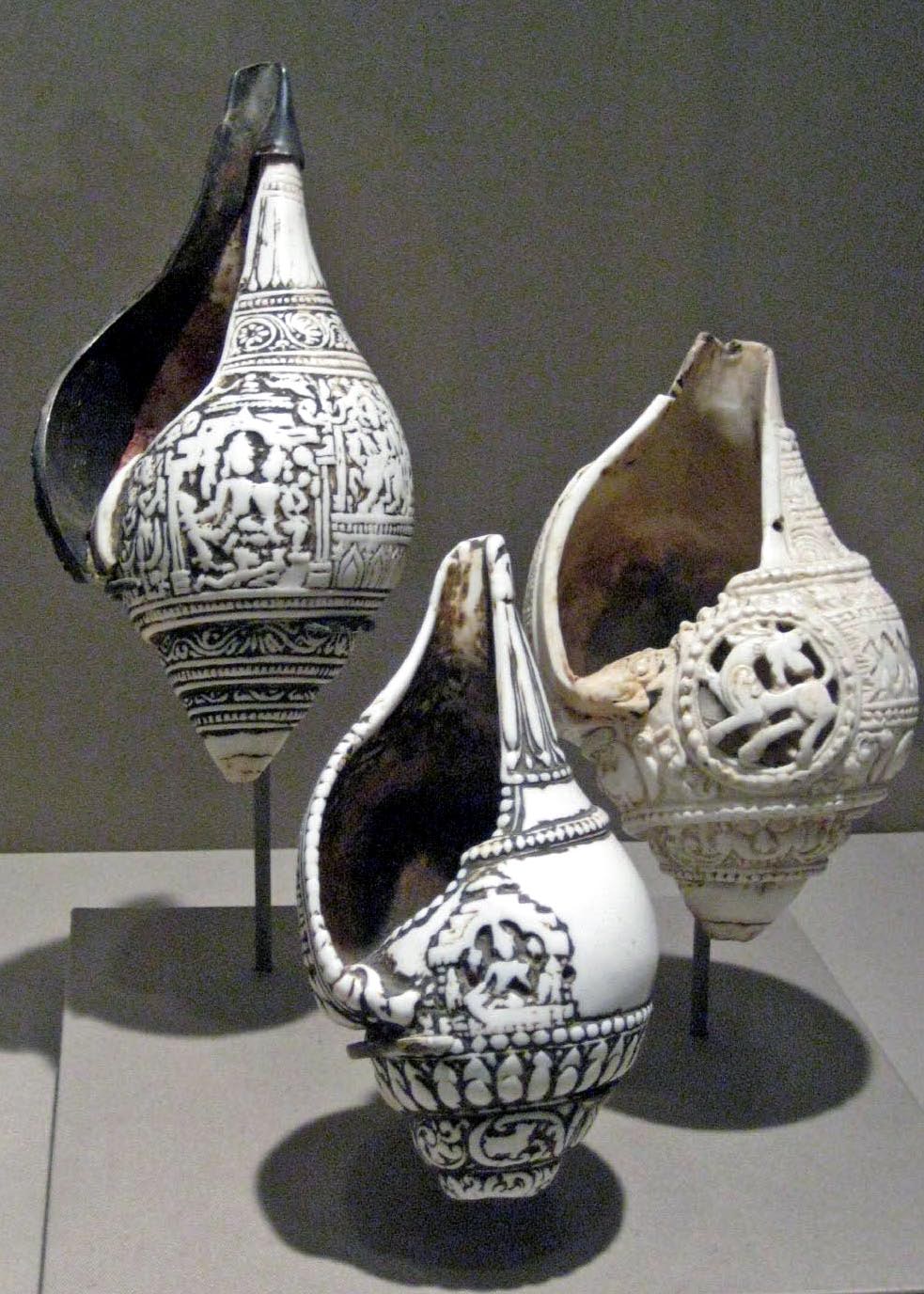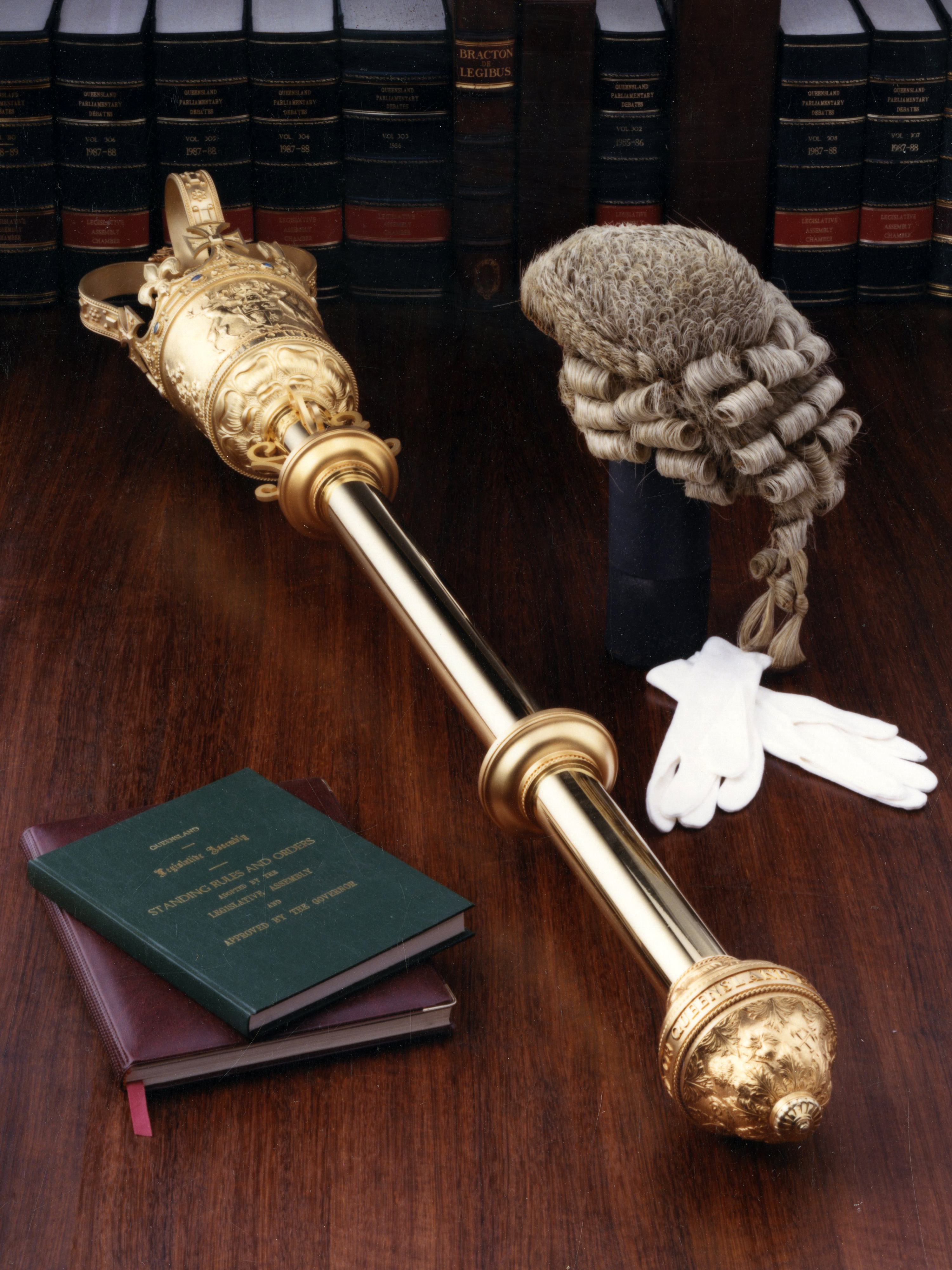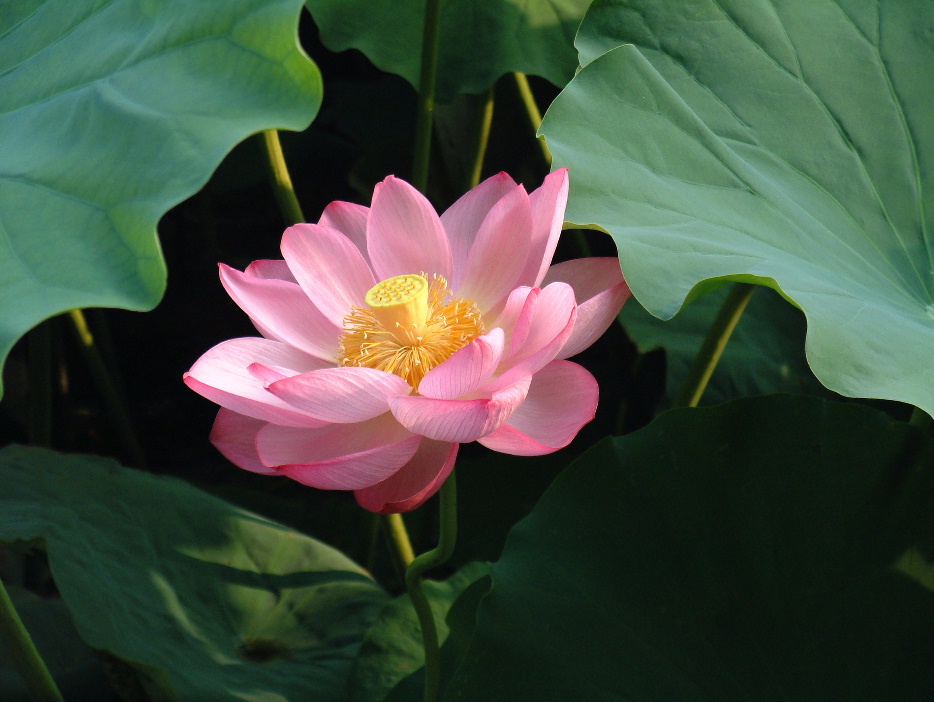|
Nalambalam
Nalambalam is a set of four Hindu temples in Kerala. In Malayalam, ''Nalu'' means "four" and ''Ambalam'' means "temple". These are the temples for the Rama and his brothers of Ramayana. There are around five sets of Nalambalams in Kerala, the most famous among them being the four temples located in Thrissur and Ernakulam districts, namely Thriprayar Sree Rama Temple, Koodalmanikyam Bharatha Temple, Moozhikkulam Lakshmana Temple and Payyammal Shathrughna Temple. Nalambalam Yatra Nalambalam Yatra begins from the Rama temple in Triprayar and ends up at Shatrughna Temple in Payyammal. It is customary to visit the four temples in the order Rama, Bharata, Lakshmana and Shatrughna respectively. A pilgrimage to these temples on a single day during the holy month of Karkkidakam believed to shower blessings and ensure prosperity. Starting from Thriprayar reaching Payammel through Koodalmanikyam and Moozhikulam, ending back at Thriprayar is the custom of pilgrimage. Thriprayar Sre ... [...More Info...] [...Related Items...] OR: [Wikipedia] [Google] [Baidu] |
Payammal Shatrughna Temple
Shatrughna Swamy Temple is located in Payammal in Thrissur District of Kerala, India. This is one of the few temples in India that is dedicated to Lord Shatrughna, youngest brother of Lord Rama in the Hindu epic ''Ramayana''. The Shatrughna Temple is the fourth temple which devotees visit when they embark on the Nalambalam (Four Temples) yatra or visit. Visiting Nalambalam is considered to be a sacred event during the Malayalam month of Karkidakam. See also * Nalambalam * Temples of Kerala This is a list of famous Hindu temples in Kerala ordered by district. Alappuzha Ernakulam Idukki Kannur Kasaragod Kollam Kottayam Kozhikkode Malappuram Palakkad Pathanamthitta Thiruvananthapuram ... References {{Hindu temples in Kerala Hindu temples in Thrissur district ... [...More Info...] [...Related Items...] OR: [Wikipedia] [Google] [Baidu] |
Shatrughna Temple
Shatrughna Swamy Temple is located in Payammal in Thrissur District of Kerala, India. This is one of the few temples in India that is dedicated to Lord Shatrughna, youngest brother of Lord Rama in the Hindu epic ''Ramayana''. The Shatrughna Temple is the fourth temple which devotees visit when they embark on the Nalambalam (Four Temples) yatra or visit. Visiting Nalambalam is considered to be a sacred event during the Malayalam month of Karkidakam. See also * Nalambalam * Temples of Kerala This is a list of famous Hindu temples in Kerala ordered by district. Alappuzha Ernakulam Idukki Kannur Kasaragod Kollam Kottayam Kozhikkode Malappuram Palakkad Pathanamthitta Thiruvananthapuram ... References {{Hindu temples in Kerala Hindu temples in Thrissur district ... [...More Info...] [...Related Items...] OR: [Wikipedia] [Google] [Baidu] |
Koodalmanikyam Temple
Koodalmanikyam Temple is a Hindu temple in Irinjalakuda Municipality, Thrissur district, Kerala, India . The temple comprises a main structure, a walled compound with citadels, and four ponds around the main structure one of which is within the walls. Koodalmanikyam Temple is the only ancient temple in India dedicated to the worship of Bharata, the second brother of Rama, however the idol is that of god Vishnu. "Sangameshwara" ("the Lord of the Confluence") is another name associated with the deity at Koodalmanikyam. The temple is one of four in Kerala that form a set called "nalambalam", each temple dedicated to one of the four brothers in the epic ''Ramayana'': Rama, Bharata, Lakshmana and Shatrughna. The Thachudaya Kaimal as "Manikkam Keralar" is the spiritual chief and the temporal ruler of the Koodalmanikyam Temple and its estates. The line goes back to antiquity and is mentioned in the sacred Skanda Purana. The temporal rights over the temple, that is the office of t ... [...More Info...] [...Related Items...] OR: [Wikipedia] [Google] [Baidu] |
Hindu
Hindus (; ) are people who religiously adhere to Hinduism.Jeffery D. Long (2007), A Vision for Hinduism, IB Tauris, , pages 35–37 Historically, the term has also been used as a geographical, cultural, and later religious identifier for people living in the Indian subcontinent. The term ''"Hindu"'' traces back to Old Persian which derived these names from the Sanskrit name ''Sindhu'' (सिन्धु ), referring to the river Indus. The Greek cognates of the same terms are "''Indus''" (for the river) and "''India''" (for the land of the river). The term "''Hindu''" also implied a geographic, ethnic or cultural identifier for people living in the Indian subcontinent around or beyond the Sindhu (Indus) River. By the 16th century CE, the term began to refer to residents of the subcontinent who were not Turkic or Muslims. Hindoo is an archaic spelling variant, whose use today is considered derogatory. The historical development of Hindu self-identity within the local In ... [...More Info...] [...Related Items...] OR: [Wikipedia] [Google] [Baidu] |
Divya Desam
A Divya Desam or Vaishnava Divya Desam is one of the 108 Vishnu and Lakshmi temples that is mentioned in the works of the Alvars, the poet-saints of the Sri Vaishnava tradition. Of the 108 temples, 105 are in India, one is in Nepal, and the last two are believed to outside the earth, in Tirupparkatal and Vaikuntham. In India, they are spread over the states of Tamil Nadu (84), Kerala (11), Andhra Pradesh (2), Gujarat (1), Uttar Pradesh (4), and Uttarakhand (3). Muktinath, Saligramam is the only Divya Desam in Nepal. The Divya Desams are revered by the 12 Alvars in the ''Naalayira Divya Prabandham'', a collection of 4,000 Tamil verses. The Divya Desams follow either Tenkalai or Vadakalai modes of worship. Etymology In Sanskrit, ''divya'' means "divine" and ''desam'' indicates "realm" (temple). Geography Divya Desams are classified into six regions: #Chera Nadu # Chola Nadu # Pandya Nadu # Pallava Nadu # Vada Nadu # Vinnulaga Divya Desams Alvars and Divya Prabandham The w ... [...More Info...] [...Related Items...] OR: [Wikipedia] [Google] [Baidu] |
Azhwar
The Alvars ( ta, ஆழ்வார், Āḻvār, translit-std=ISO, lit=The Immersed) were the Tamil poet-saints of South India who espoused ''bhakti'' (devotion) to the Hindu preserver deity Vishnu, in their songs of longing, ecstasy, and service. They are venerated in Vaishnavism, which regards Vishnu as the Ultimate Reality. Many modern academics place the lifetime of the Alvars between the 5th century and 10th century CE. Traditionally, the Alvars are considered to have lived between and . Orthodoxy posits the number of Alvars as ten, though there are other references that include Andal and Madhurakavi Alvar, making the number 12. Andal is the only female Alvar among the 12. Together with the contemporary 63 Shaivite Nayanars, they are among the most important saints from Tamil Nadu. The devotional outpourings of the Alvars, composed during the early medieval period of Tamil history, were the catalysts behind the Bhakti Movement through their hymns of worship to Vish ... [...More Info...] [...Related Items...] OR: [Wikipedia] [Google] [Baidu] |
Shankha
A Shankha ( conch shell) has religious ritual importance in Hinduism. It is the shell of any suitable sea snail which had a hole made for the performer's embouchure. In Hindu history, the shankha is a sacred emblem of The Hindu preserver god Vishnu. It is still used as a trumpet in Hindu ritual, and in the past was used as a war trumpet. The shankha is praised in Hindu scriptures as a giver of fame, longevity and prosperity, the cleanser of sin and the abode of goddess Lakshmi, who is the goddess of prosperity and consort of Vishnu. The shankha is displayed in Hindu art in association with Vishnu. As a symbol of water, it is associated with female fertility and serpents (Nāgas). The shankha (representing the conch of the presiding deity of Padmanabhaswamy Temple is a part of the state emblem of the Indian state of Kerala. The symbol was derived from the erstwhile emblems of the Indian princely state of Travancore, and the Kingdom of Cochin. The shankha is one of the eight a ... [...More Info...] [...Related Items...] OR: [Wikipedia] [Google] [Baidu] |
Sudarsana Chakra
Sudarshana Chakra ( Sanskrit: सुदर्शन चक्र, lit. "disc of auspicious vision", IAST: Sudarśana Chakra) is a spinning, celestial discus with 108 serrated edges, attributed to Vishnu and Krishna in the Hindu scriptures. The Sudarshana Chakra is generally portrayed on the right rear hand of the four hands of Vishnu, who also holds the Panchajanya (conch), the Kaumodaki (mace), and the Padma (lotus). While in the Rigveda, the Chakra was Vishnu's symbol as the wheel of time and by the late period, the Sudarshana Chakra emerged as an ayudhapurusha (an anthropomorphic form), as a fierce form of Vishnu, used for the destruction of demons. As an ''ayudhapurusha'', the deity is known as Chakraperumal or Chakratalvar. Etymology The word ''Sudarshana'' is derived from two Sanskrit words – ''Su''(सु) meaning "good/auspicious" and ''Darshana'' (दर्शन) meaning "vision". In the Monier-Williams dictionary the word Chakra is derived from the root क� ... [...More Info...] [...Related Items...] OR: [Wikipedia] [Google] [Baidu] |
Ceremonial Mace
A ceremonial mace is a highly ornamented staff of metal or wood, carried before a sovereign or other high officials in civic ceremonies by a mace-bearer, intended to represent the official's authority. The mace, as used today, derives from the original mace used as a weapon. Processions often feature maces, as on parliamentary or formal academic occasions. History Ancient Near East Ceremonial maces originated in the Ancient Near East, where they were used as symbols of rank and authority across the region during the late Stone Age, Bronze Age, and early Iron Age. Among the oldest known ceremonial maceheads are the Ancient Egyptian Scorpion Macehead and Narmer Macehead; both are elaborately engraved with royal scenes, although their precise role and symbolism are obscure. In later Mesopotamian art, the mace is more clearly associated with authority; by the Old Babylonian period the most common figure on cylinder seals (a type of seal used to authenticate clay documents) is ... [...More Info...] [...Related Items...] OR: [Wikipedia] [Google] [Baidu] |
Sethubandhanam At Sreeraman Chira Chemmappilly
Sethubandhanam at Sreeraman Chira or Chira kettal is a Hindu ceremony reminiscent of the '' Sethubandhanam'' where Hanuman and his army built Rama Setu to reach Sri Lanka and rescue Sita from the Rakshasa King, Ravana. It is annually conducted at Sreeraman Chira, a 900 hectares of paddy fields situated in Chemmappilly near Triprayar of Thrissur district of Kerala state in India. Binding of the bund The ''Chira kettal'' (binding of the bund) is a sacred religious ceremony performed by a team of priest from Thriprayar Temple. When the ceremony happens, Thriprayar Temple is closed early after performing the ''Deeparadhana'' (Evening pooja) and ''Athazhapooja'' (Night pooja). Earlier workers who build ''chira'' belonged to the backward ''Vettuva'' community and the performance of pooja is done by Brahmins. It is believed that after finishing the poojas of Thriprayar Temple, the God ''Thriprayar Thevar'' comes to the river in front of the temple and goes upon a crocodile to the plac ... [...More Info...] [...Related Items...] OR: [Wikipedia] [Google] [Baidu] |
Padma (attribute)
The lotus, ''Nelumbo nucifera'', is an aquatic plant that plays a central role in the art of Indian religions such as Hinduism, Buddhism, Jainism and Sikhism. In Asian art a lotus throne is a stylized lotus flower used as the seat or base for a figure. It is the normal pedestal for divine figures in Buddhist art and Hindu art, and often seen in Jain art. Originating in Indian art, it followed Indian religions to East Asia in particular. Hinduism Hindus revere it with the divinities Vishnu and Lakshmi often portrayed on a pink lotus in iconography; historically, many deities, namely Brahma, Saraswati, Lakshmi, Kubera, usually sit on a stylized lotus throne. In the representation of Vishnu as Padmanabha (Lotus navel), a lotus issues from his navel with Brahma on it. The goddess Saraswati is portrayed on a pale pink lotus. The lotus is the symbol of what is divine or immortal in humanity, and also symbolizes divine perfection. The lotus is the attribute of sun and fire gods. I ... [...More Info...] [...Related Items...] OR: [Wikipedia] [Google] [Baidu] |
Route Map Of Nalambalam Yathra
Route or routes may refer to: * Route (gridiron football), a path run by a wide receiver * route (command), a program used to configure the routing table * Route, County Antrim, an area in Northern Ireland * '' The Route'', a 2013 Ugandan film * Routes, Seine-Maritime, a commune in Seine-Maritime, France * ''Routes'' (video game), 2003 video game See also * Acronyms and abbreviations in avionics * Air route or airway * GPS route, a series of one or more GPS waypoints * Path (other) * Rout, a disorderly retreat of military units from the field of battle * Route number or road number * Router (other) * Router (woodworking) The router is a power tool with a flat base and a rotating blade extending past the base. The spindle may be driven by an electric motor or by a pneumatic motor. It routs (hollows out) an area in hard material, such as wood or plastic. Routers a ... * Routing (other) * Routing table * Scenic route, a thoroughfare desig ... [...More Info...] [...Related Items...] OR: [Wikipedia] [Google] [Baidu] |


.jpg)

.jpg)


